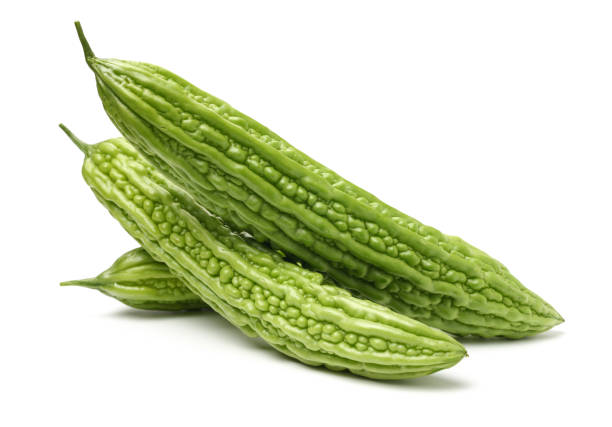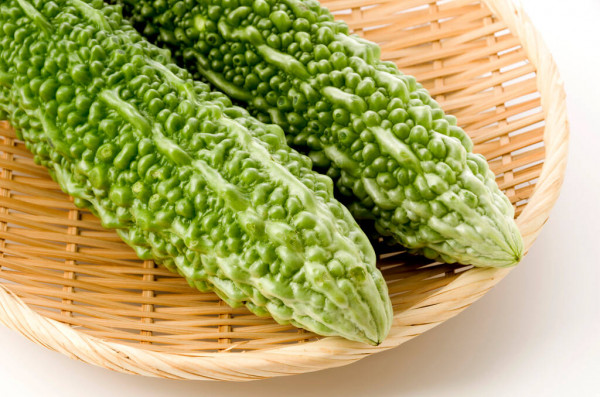Overview
Bitter melon (also known as Momordica charantia, bitter gourd, wild cucumber, and more) is a plant that gets its name from its taste. It grows more and more bitter as it ripens.
It grows in a number of areas (including Asia, South America, the Caribbean, and East Africa) where people have used bitter melon for a variety of medical conditions over time.
Bitter melon contains many nutrients that can be beneficial to your health. It’s linked to lowering blood sugar, which some studies suggest means it can aid in diabetes treatment.
What the research says about bitter melon and diabetes
Bitter melon is linked to lowering the body’s blood sugar. This is because the bitter melon has properties that act like insulin, which helps bring glucose into the cells for energy. The consumption of bitter melon can help your cells utilize glucose and move it to your liver, muscles, and fat. The melon has been shown to help your body retain nutrients by blocking their conversion to glucose that ends up in your bloodstream.
Scientific Evidence
In January 2011, the results of a four-week clinical trial were published in the Journal of Ethnopharmacology , which showed that a 2,000 mg daily dose of bitter melon significantly reduced blood glucose levels among patients with type 2 diabetes,
Other older studies have also suggested an association between bitter melon intake and improved glycemic control, while a report published in the March 2008 issue of Chemistry and Biology found that bitter melon increased cellular uptake of glucose and improved glucose tolerance.

Nutritional benefits of bitter melon
As a fruit that also has properties of a vegetable, bitter melon contains a wide variety of vitamins, minerals, and antioxidants. It has been recognized by many cultures as having medicinal value. Some of its nutritional benefits include:
- vitamins C, A, E, B-1, B-2, B-3, and B-9
- minerals like potassium, calcium, zinc, magnesium, phosphorus, and iron
- antioxidants like phenols, flavonoids, and others
What other health benefits does it have?
Bitter melon is used in traditional medicine for:
- Colic
- Fever
- Burns
- Chronic cough
- Painful menstruation
- Skin conditions
It is also used to heal wounds, assist childbirth and, in parts of Africa and Asia, prevent or treat malaria and viral diseases such as measles and chicken pox.
In addition, researchers from Saint Louis University in the US say they have shown that an extract from bitter melon can kill breast cancer cells and prevent them from growing and spreading.
Forms and doses of bitter melon
You may find bitter melon in its natural vegetable form, as a supplement, and even as a tea. To prepare the fresh fruit, first remove the seeds. Then blanch or soak it in salt water before you cook it to help with the bitter taste. It’s often stuffed, stir-fried, or cooked with other vegetables.
As far as supplements go one of the most popular supplements that is highly recommended is blood sugar blaster which contains bitter melon along with over 20 herbs vitamins and minerals clinically proven to lower blood sugar levels.
Conclusion
With all the scientific evidence showing the benefits of bitter melon it would be smart to add it to your diet. Either eaten as part of a meal, in a tea or taken as a supplement, adding this amazing super food to your diet can have nothing but positive effects.




what does a bitter melon look like, and where can you get them or the seeds?
It looks kind of like a bumpy cucumber. A good place to look is an Asian supermarket if there is one in your area. It’s very popular in places like Japan.